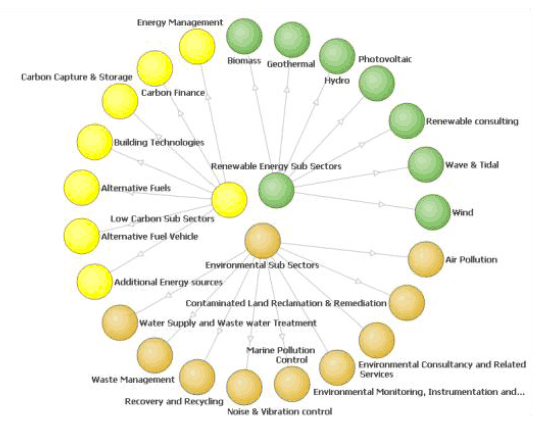Energy Efficiency Action Plan: formal review and annual report
A formal review of progress on the actions set out in the Energy Effciency Action Plan.
2. Introduction
Energy efficiency, as part of a wider resource efficiency agenda has environmental, social and economic benefits. It reduces greenhouse gas emissions, assists households in fuel poverty and importantly in the face of rising energy costs and tight economic circumstances supports individuals, public sector organisations and business to save money. The global economic downturn only strengthens the need for our businesses, particularly our small and mediums sized enterprises, to take advantage of the market opportunities presented by Scotland's investment in a low carbon economy, energy and wider resource efficiency being key sub-sectors within that.
Energy efficiency is critical to satisfying our requirements for the services that energy provides (heat, light, mobility, function of appliances etc.), whilst ensuring that these remain affordable and we protect the environment for future generations. This places energy efficiency at the top of our hierarchy of energy policies as the simplest and most cost-effective way to reduce emissions whilst seeking to maximise the productivity of our energy resources. Energy efficiency complements our other energy related strengths, and works across areas such as housing, business, and transport, all of which are major consumers of fuel, to help us create a more sustainable Scotland with opportunities for all to flourish. This chart gives an indication of the importance of energy management in a low carbon economy.
Chart 1: Key subsectors of the low carbon economy

In 2010, the Scottish Government published the Energy Efficiency Action Plan [6] and committed to conduct a formal review of the plan after 3 years. This report fulfils that commitment (and the statutory requirement under Section 60 of the Climate Change Scotland Act to carry out a review and to publish an annual progress update.). Further to the EEAP, we also published:
- Conserve and Save; the EEAP for Scotland: annual report, 2011 [7]
- Second Progress Report on the Energy Efficiency Action Plan, 2012 [8]
- Supplementary to the Second Progress Report, 2012 [9] which provided detail on recent achievements and examples of cross-sectoral case studies.
Section 3 of this report sets out the reasons why we set an ambitious energy reduction target by 2020, and includes the detailed energy trends data which benchmarks progress that has been made towards achieving that target. The data covers the period to 2010, the latest year for which data is available.
Section 4 details all 53 actions set out in the EEAP and provides a narrative on what steps have been taken to fulfil these commitments since the EEAP was published. Where appropriate the detail of the energy, carbon and cost savings associated with individual actions or programmes is also provided.
Section 5 provides a summary of overall achievements and conclusions on how the plan has been delivered.
Contact
There is a problem
Thanks for your feedback